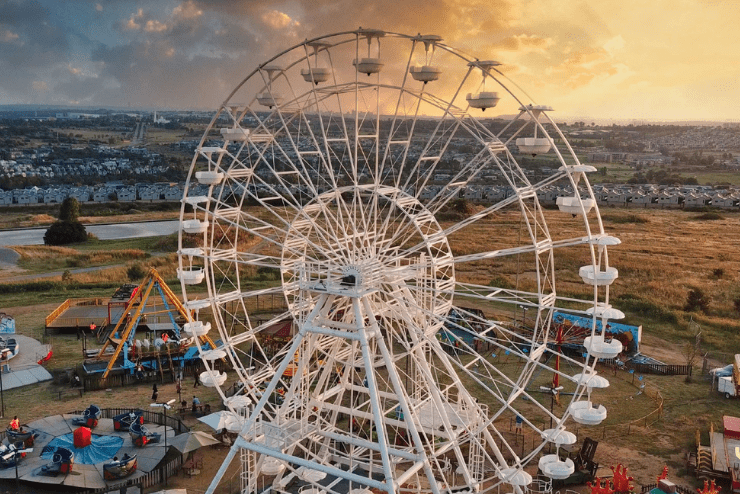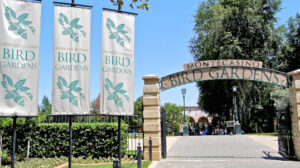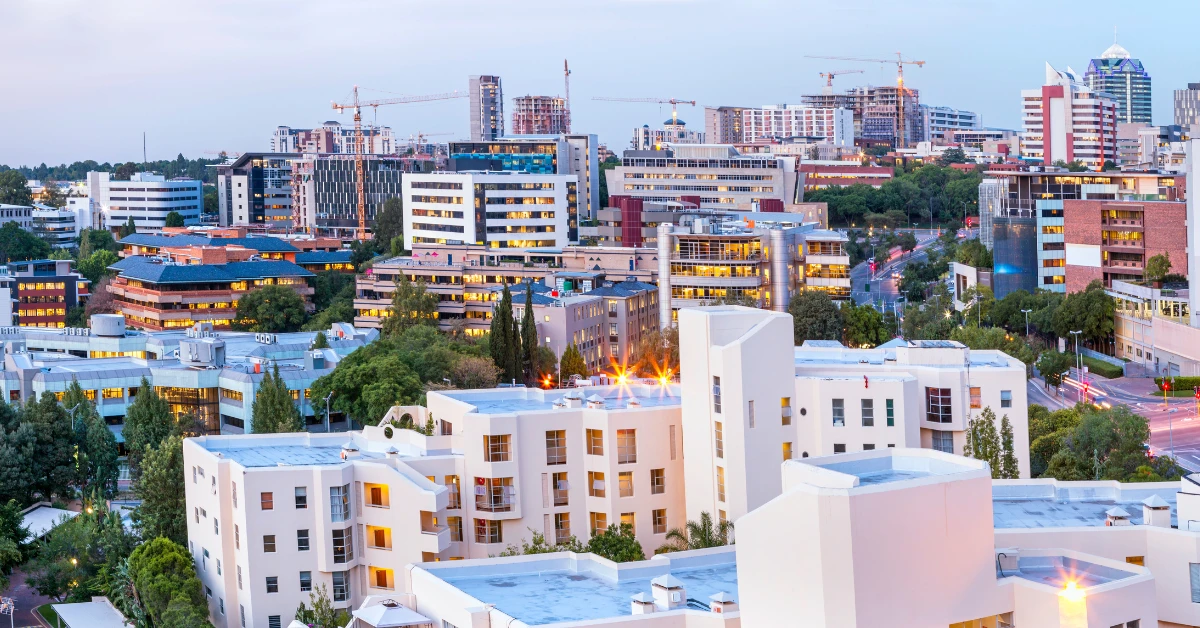Johannesburg North Attractions - The Facts
Johannesburg North Attractions - The Facts
Blog Article
What Does Johannesburg North Attractions Do?
Table of ContentsThe Definitive Guide for Johannesburg North AttractionsHow Johannesburg North Attractions can Save You Time, Stress, and Money.Our Johannesburg North Attractions IdeasThe smart Trick of Johannesburg North Attractions That Nobody is Talking AboutJohannesburg North Attractions for DummiesThe 10-Minute Rule for Johannesburg North AttractionsThe smart Trick of Johannesburg North Attractions That Nobody is Talking About
You should maintain security in mind and visitors must remain alert at all times when in unfamiliar environments. Talk with the citizens when you remain in town to discover the area you are remaining in. Johannesburg North attractions. When on the street (this doesn't use to shopping center and various other safe atmospheres) finest general guidance is to try your ideal to resemble a regional and to avoid displaying any kind of type of riches
A Biased View of Johannesburg North Attractions
Professor Revil Mason O. J. (Thomson, 1946) explored the Witwatersrand's pre-colonial background. His archaeological work exploded the 'em pty land' myth, according to which the region was lacking human habitation before the arrival of European inhabitants. In his publications Prehistory of the Transvaal: A Document of Human Activity (1962) and Origins of Black People of Johannesburg and the Southern Western Central Transvaal Advertisement 3501880 (1986 ), Professor Mason demonstrated the extent of social and economic advancement in the area prior to Europeans established foot here.

Johannesburg North Attractions for Beginners
In 1878, David Wardrop discovered gold in quartz blood vessels at Zwartkop, north of Krugersdorp. In 1881, Stephanus Minnaar came throughout gold on the farm Kromdraai, near the Cradle of Mankind.
In March 1886, a protrusion (soon to be called the Main Coral reef) was discovered, rather fortuitously, on Gerhardus Oosthuizen's ranch Langlaagte. Some state that the Lancastrian coal miner George Walker uncovered this coral reef. Another travelling English miner, George Harrison (who had formerly functioned in Australian mines) gotten a prospecting licence in respect of Langlaagte in May 1886.
He decided to proceed in a quest for greener fields, and disposed of his Langlaagte insurance claim for the handsome amount of 10. Resources Alas: below lay the richest goldfield ever before discovered. The exploration of this rich auriferous coral reef provoked a gold thrill that indicated completion of bucolic serenity in the southern Transvaal.
It would certainly, within six years, come to be the largest community in southern Africa. Within a years, it would certainly make the Z. A. R. up until then an anarchical and insolvent little state the wealthiest nation in Africa. By the millenium, the Z. A. R. was to exceed Russia, Australia and the USA of America to end up being the world's leading gold producer, creating more than a quarter of the globe's gold.
The Best Guide To Johannesburg North Attractions
It was understood as Ferreira's Camp, called after Colonel Ignatius Ferreira. He was a Boer traveler upon whom the British authorities had bestowed the condition of Friend of the Many Distinguished Order of St Michael and St George (qualifying him to the post-nominal letters C. M. G.) in gratitude for his function in the battle that had actually deposed the Pedi king Sekhukhune in 1879.
Soon the camp was including outdoors tents and wagons as newcomers showed up daily from far and wide. By September 1886, some 400 people resided in Ferreira's Camp, which quickly boasted upreared iron and lumber structures. 2 various other camps were established: Meyer's Camp on the farm Doornfontein, and Paarl Camp. The latter was nicknamed Afrikander Camp; lots of people from the Cape Nest cleared up there.

Johannesburg North Attractions Can Be Fun For Everyone
This name acquired money by word of mouth, such that the State Secretary verified the name to the Mining Commissioner on 9 October 1886. Stands in the town were auctioned on 8 December 1886. While some stands were cost 10, others were knocked down for as low as sixpence.
2 years later on, these erven were to transform hands for as high as 750 each. The tented camps dwindled as a dorp of corrugated iron buildings established and increased north of the mines situated along the Key Coral Reef Road. Areas such as Jeppe's Town (where working-class immigrants erected their dwellings) and Doornfontein (where the wealthy new browse around this web-site 'Randlords' started to build their extravagant residences) were soon contributed to the ever-expanding map of the town.
Johannesburg North Attractions Can Be Fun For Everyone
Apart from the road names, there were no indications of Johannesburg being located in a Dutch-speaking country., almost everybody talked English and even the Government servants attended to one in English, unless they were very first addressed in the Taal (or Low Dutch)'.
Britain had an interest in making certain optimal problems for gold manufacturing on the Witwatersrand, and that the gold was exported to London rather than Berlin an imperative made all the extra clamant by the Z. A. R.'s enhancing toenadering with Germany. Mine proprietors got on a clash with Head of state Kruger, whose policy of monopolistic concessions (usually provided to his cronies) avoided mining firms from procuring materials of products (specifically dynamite) and labour on their very own, less costly terms
The Buzz on Johannesburg North Attractions
In 1890, the Volksraad had actually limited the franchise business to white males that had actually lived This Site in the Z. A. R. for fourteen years or longer, therefore disqualifying most of the immigrants (who occurred to be the major contributors to the fiscus). However, anxiety for the vote was a plain pretext for promoting a various agenda; most uitlanders concerned themselves as short-term site visitors and had no intention of staying in the Z.
Report this page